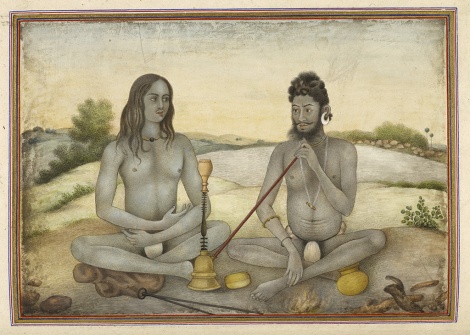
Fig. 11 Aughar and Kanphata Yogi, from Tashrih al-aqvam, p. 399.
India, Hissar, Hansi Cantonment, 1825. Manuscript, watercolor; 31.5 x 22 cm (folio). The British Library Board, Add.27255, f.399b
Recently I did a presentation on Goraksha, the “founder” of Hatha Yoga using the inspired work of Dr. James Mallinson from the University of London. In order for the class to understand why Dr. Mallinson’s work is so important, I made the following points.
Historically, theology and the study of religion was the dominion of men and, particularly, educated men in a certain stratum of society. The experiences of the non-scholars were not included in the theology.
This was also the case for “YOGA” as the Sanskrit reflects the ideas of a particular group, primarily men who spoke and wrote in Sanskrit. There are other texts and practices that were not in Sanskrit. For instance, in Ramaswami’s class , we studied Krishnamacharya’s Yoga Makaranda which had only been translated from Kannada about ten years ago. This is a text is written in a language most Western scholars do not study. Although it is changing, few religion researchers studied theology based upon field work. People interested in how people practiced their religions were generally anthropologists or sociologists or ethnographers, not theologians.
Yet any study of religion, which is by definition a study of a human experience with the Divine, should be a study of ALL human experience. Historically, women were only practitioners, they were not theologians so their beliefs and experiences were not part of the official canon. Women studying theology today generally start from an experiential perspective – their theology stems from a continual circle of practice, analysis and reflection. Within theology, this is called feminist hermeneutics.
Today that concept of hermeneutics has been expanded and includes a hermeneutics of transgendered people, Asian, Latin and African. Part of the cause for this is because the growth in the Catholic Church is in the “developing” nations of Latin America and Africa, not the US or Europe. Within Protestantism, as the pool of clerics diminishes, it is women who are taking on the sacred roles of minister and the church is changing.
In the yoga world, Dr. James Mallinson’s approach is very similar to a female hermeneutic. Not only does he rely on his Sanskrit philology (which is one method to approach the texts) but he approaches the subject as an ethnographer (not an anthropologist as the people are still living), a yoga-practitioner and by utilizing pre-camera imagery which is called art history in academia. In my view, it is a multi-disciplinary, immersive approach which creates a broader level of relevant knowledge or expertise than other scholars.
Much of Hatha Yoga’s comeback is because of its spread to the West. So the traditional methodology, a teaching passed down from a guru to a student, is changing. This is partly driven because outsiders have taken on the practices and are mixing the teachers and the tools. After using and comparing the different methods and studying the results, the students are then figuring out what how that “lineage” or teaching contributes to their relationship with the Divine.
To access some of the very interesting, scholarly research on Yoga, I suggest you bookmark Dr. Malllinson and other scholars who are doing similar work at Modern Yoga Research.
